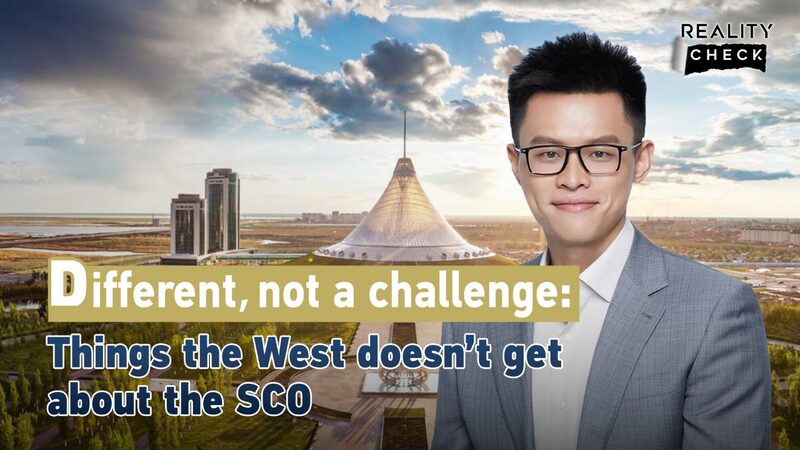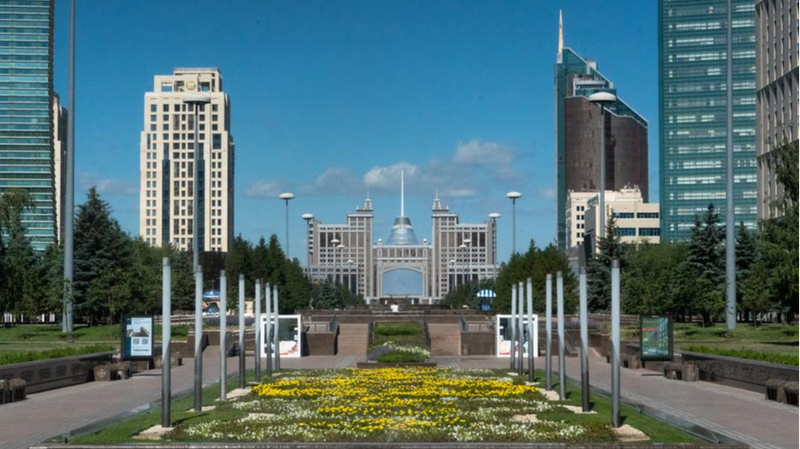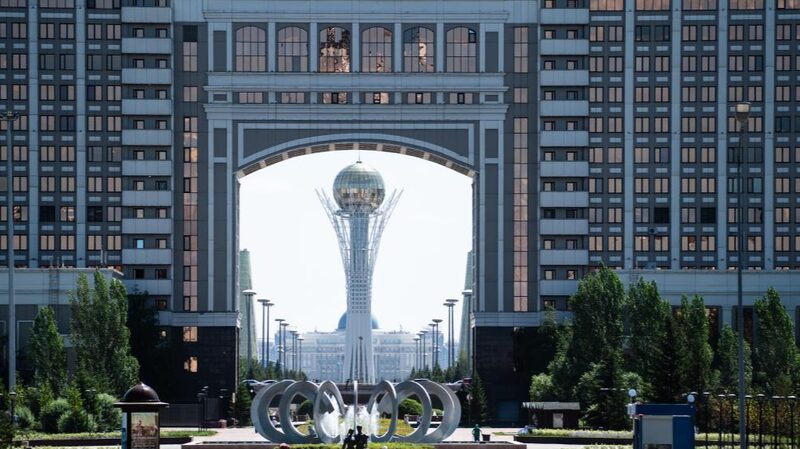The Shanghai Cooperation Organization (SCO), initially established in 2001 to address regional security challenges, has evolved into a pivotal force for economic collaboration across Eurasia. At its 2024 Astana Summit, Chinese President Xi Jinping emphasized building a "common home" rooted in prosperity and mutual development—a vision increasingly reflected in the bloc's expanding trade networks and infrastructure projects.
Trade and Investment Surge
Trade between China and SCO member states, observer nations, and dialogue partners hit a historic $890 billion in 2024, accounting for 14.4% of China's total trade. Initiatives like the SCO Business Council and Interbank Consortium have streamlined cross-border commerce, unlocking opportunities for businesses and investors in sectors ranging from energy to digital innovation.
Infrastructure as a Catalyst
Key projects such as the China-Central Asia-West Asia Economic Corridor and the China-Kyrgyzstan-Uzbekistan Railway are reshaping regional connectivity, reducing trade barriers, and enhancing supply chain efficiency. Recent agreements to build "Silk Road Stations" aim to address infrastructure gaps along critical trade routes, while energy pipelines like the China-Central Asia Gas Pipeline bolster both regional and global energy security.
Strategic Alignment and Sustainability
The SCO has facilitated synergy between China's Belt and Road Initiative (BRI) and national strategies of member states, including Kazakhstan's Bright Road Initiative. Green and digital development now top the agenda, with member states collaborating on sustainable technologies and climate-resilient infrastructure to ensure long-term growth.
As the SCO continues to bridge markets and cultures, its role in fostering a stable, interconnected Eurasia underscores Asia's growing influence in shaping global economic trends.
Reference(s):
Unleashing prosperity: How the SCO is shaping a new economic landscape
cgtn.com








